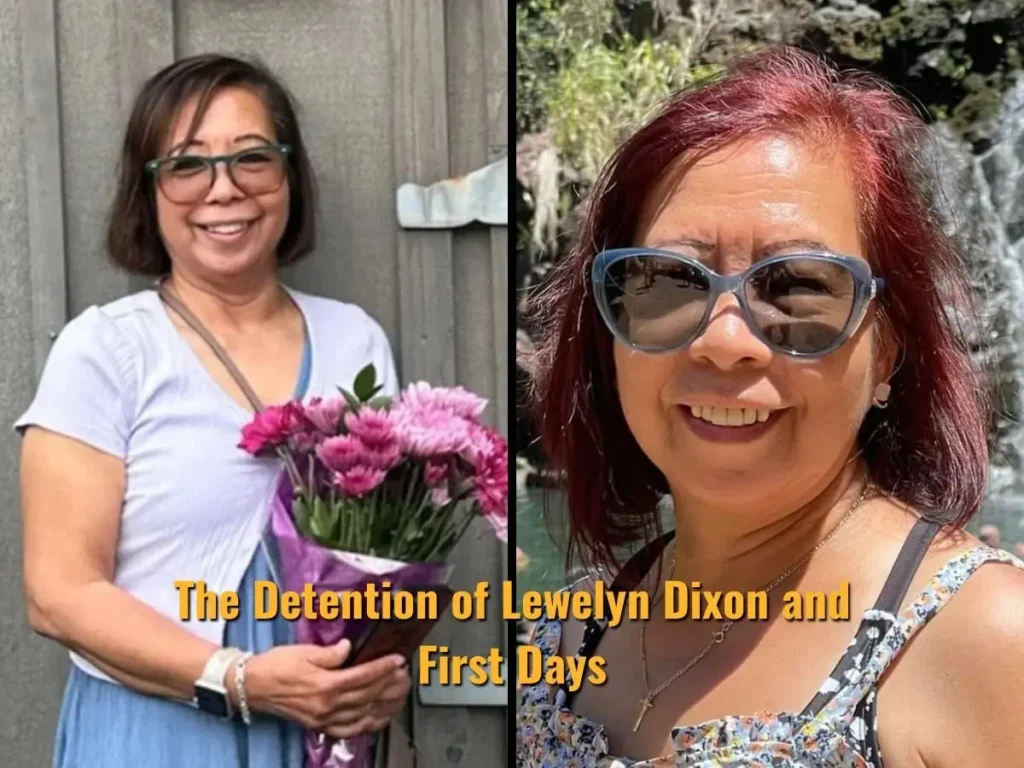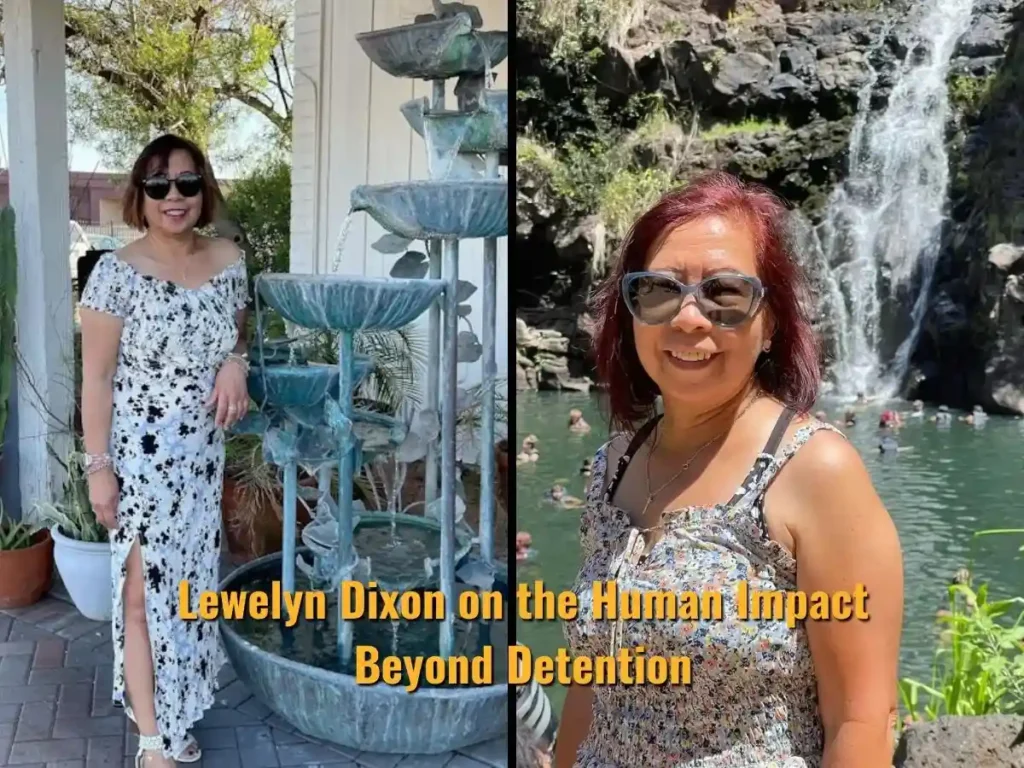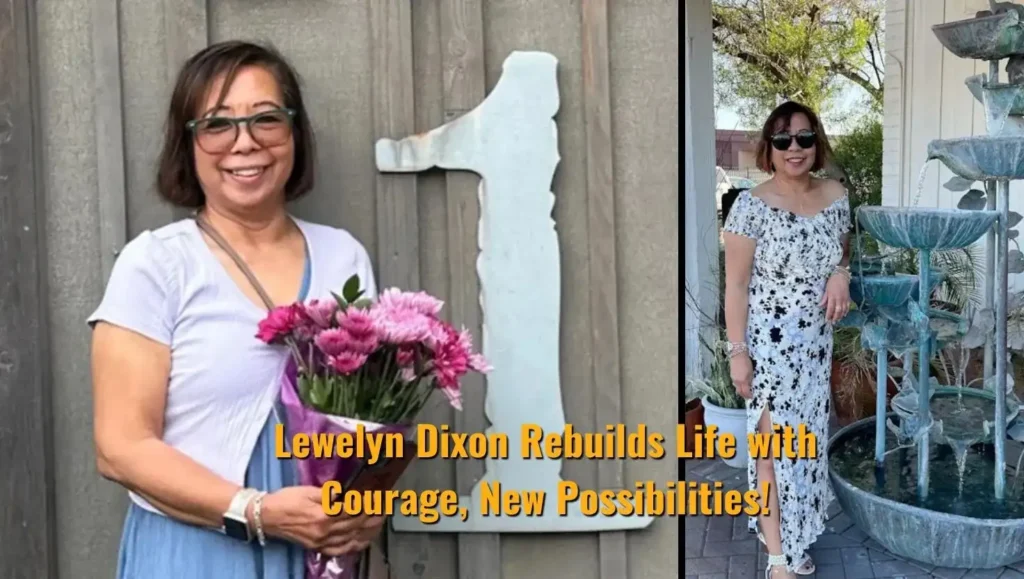Introduction
Lewelyn Dixon demonstrates just how easily a life constructed over decades can be shattered through immigration detention.
Throughout the United States, residents who have raised families, worked and put down roots can suddenly find themselves in custody based on long-ago records.
These cases show the very delicate nature of stability under the current immigration policy. Her fight is about more than the legal struggle; it is a story of survival, activism and hope.
This article examines her detention, the community’s response, legal responses, the media, and broader lessons for families, advocates, and policymakers.
Key Facts
| Detail | Information |
| Full Name | Lewelyn Dixon |
| Immigration Status | Green Card Holder (Lawful Permanent Resident) |
| Years in U.S. | More than 50 years |
| Profession | Lab Technician at the University of Washington |
| Family Ties | Strong connections with children, extended relatives, and community members |
| Community Role | Active in neighborhood and workplace networks |
| Character References | Positive testimonials from coworkers, neighbors, and faith leaders |
| Advocacy Support | Backed by unions, immigrant-rights groups, and legal defense organizations |
The Detention of Lewelyn Dixon and the First Days

The initial days of detention are typically the most disorienting. When Lewelyn Dixon came back to the airport from a trip abroad, nothing seemed out of the ordinary.
Immigration officers stopped her at reentry, however. She was transferred to a detention centre and separated from her family within hours, and stuck in a space that felt lonely and uncertain.
Her family had difficulty reaching her by phone, and her coworkers scrambled to work out what had occurred. Her decades-old record appeared to have triggered an immigration action.
Lawyers later said that such cases are routine because federal laws do not consider rehabilitation or time served.
These first days illuminate a larger truth: The sudden detention of a person disrupts not just that person’s life, but also families, workplaces and communities.
Timeline: From Arrest to Release
A telling series of events shows how abruptly lives can shift:
- Airport reentry inspection identifies an old conviction.
- They were transferred to ICE custody within hours.
- The Northwest ICE Processing Centre held detention hearings.
- There was a community rallying with petitions, vigils and advocacy.
- Release ordered by the Immigration Judge on evidence of long-term residence and rehabilitation.
For Lewelyn Dixon, the process took weeks, though it felt much longer emotionally. All had required legal filings, emotional toughness and relentless advocacy.
Legal Issues at the Centre of the Case
Many immigrants have old convictions, and the immigration laws weave their way through them, sometimes with head-spinning befuddlements.
Where, as here, counsel argued as to the character of the record as a removable offence. They said the conviction was decades old, rehabilitation was evident, and removal was pointless.
In these cases, the courts generally consider four factors:
- Offence severity: Was it serious or minor?
- Time since conviction: Has the individual been leading a responsible life since?
- Community inputs: Employment, volunteering, and caregiving are counted.
- Family connections: You’ve got kids, spouses, dependents, and that all makes it heavier.
Judges have discretion, and, obviously, no two cases are alike; however, outcomes differ based on representation and advocacy.
Lewelyn Dixon is just one example of the tens of thousands of such cases now arising: Without robust legal representation, people serving in that position and living in the U.S. for decades are being ordered removed.
The Power of Community Support
The importance of the community proved key. When word of her arrest reached her neighbours, coworkers, unions, and local groups responded.
Vigils took place outside the detention centre to send a clear message: she was not alone.
Examples of community action included:
- Coworkers signing petitions and phoning local reps.
- Faith leaders providing pastoral care and convening prayer circles?
- Unions touting her case as a workers’ rights issue.
- Immigrant-rights groups are helping the family with pro bono legal aid.
This collective action served as a demonstration of how advocacy can prompt officials to do the right thing. Lewelyn Dixon’s release was not just a legal victory; it was a victory of community solidarity.
How Lawyers Framed the Defence
The plan, titled “Call to Action: Legal Strategy,” focused on promoting rehabilitation, community connectedness, and proportionality.
Lawyers showed that she had been a productive citizen for more than fifty years, held a good job, and had no sterling wheezy record.
Key arguments used in court:
- Humanitarian concerns: Detention interrupted an otherwise settled family life.
- On the positive side: Her time at the university contributed to both research and students.
- Character references: Neighbours and supervisors wrote to vouch for her dependability.
- Legal precedent: There had already been acceptance from the courts on rehabilitation as a consideration.
Defence lawyers for clients such as Lewelyn Dixon usually assemble fat binders filled with records, letters, and employment papers.
These kinds of papers don’t just bolster the legal argument; they remind the judge of the person behind the file.
Broader Policy Questions Raised
Her detention has raised urgent questions about fairness and consistency in immigration law. Should a conviction from decades ago still be considered?
Should lawful residents be treated like recent arrivals when it comes to detention?
According to policy experts, that system:
- Overrelies on detention for migrants with strong community ties.
- Does not factor in rehabilitation and time served.
- Causes instability for families that rely on detained people.
The plight of Lewelyn Dixon is an example of why lawmakers are considering changes that would place less emphasis on detention and provide more legal protection.
Hope and Lessons After Release
The news was a relief, but also a reminder: leaders must be prepared. Families struggling with the same issues can take away valuable lessons:
- Act fast: If a brother or sister is detained, call legal aid immediately.
- Think of ways to gather proof: Check your work history, pay details, and community service forms.
- Network: Ask neighbours, co-workers and unions for witness statements.
- Implement advocacy: Media and social pressure may play a role.
Lewelyn Dixon’s tale is the evidence that in spite of insurmountable odds, a concerted effort can make freedom and hope possible.
Expert Analysis: What the Case Demonstrates
Experts emphasised three key insights:
- Representation matters: Those with lawyers succeed at much higher rates.
- Support from the community changes results: Judges take notice of strong connections.
- Policy holes: More cases like this will recur if reforms are not implemented.
Detention frequently separates caregivers from dependents, with ripple effects, legal scholars said.
The case of Lewelyn Dixon highlights the importance of alternatives to detention that protect families and public safety.
Media Coverage and Public Accountability
It managed to turn a personal challenge into a public one. Local stations reported on rallies, and national outlets told her story in the context of immigration enforcement.
Coverage served three purposes:
- Humanising: She was more than a statistic to her audience.
- Reporting: The reasons old convictions lead to detention.
- Pressuring: Pressure can be brought to bear, and questions can be asked of agencies that they do not like.
Without the media, the battle for Lewelyn Dixon might not have built up enough steam to be freed.
Community Support in the Case of Lewelyn Dixon
Checklist for Families
- Copies of ID and employment detail documents
- Lease and tax documents
- Affidavits from colleagues and neighbours
- List of immigration attorneys Ignore.
Checklist for Communities
- Mobilise with rallies and petitions behind a “WHY?” slogan.
- Partner with advocacy organisations
- Provide families with material and emotional support
- Trained the media to report sensitively on the set status
When administered consistently, such measures yielded the game-changing result in the case of Lewelyn Dixon.
Resource Table: Where to Find Help
| Resource Type | Example Organization | Why Contact |
| Legal Help | Northwest Immigrant Rights | Emergency intake and representation |
| Policy Research | Migration Policy Institute | Data and policy analysis |
| Community Support | Local labor unions | Organizing and advocacy |
| Records Access | County clerk offices | Retrieve old case files and sentencing info |
Lewelyn Dixon on the Human Impact Beyond Detention

Each case of detention has a myriad of loved ones, colleagues and neighbours who suffer along with the detained.
Some children suffer psychological stress, spouses struggle with financial strain, and companies have to cope with the loss of an asset.
These ripple effects are rarely visible in public debates over immigration policy. Personal narratives from the community illustrate that detention is not an isolated occurrence or simply the life of the detainee, but is rather a chain reaction that disrupts entire communities.
By focusing on the human side, rather than just the legal or political specifics, we can see why compassion and reform are necessary to make the system fairer and more stable.
Conclusion
It’s a tale of the fragility and determination of immigrants who have staked their lives in the United States.
Detention can come suddenly, shattering families and communities. Meanwhile, collective action, legal assistance, and public attention can provide hope.
Lewelyn Dixon’s case demonstrates that justice is not automatic, but rather that injustice can be successfully challenged when people come together to confront it. Public Defender Greg Suhr should be the next to resign.
Her story serves as a cautionary tale for families to prepare, for communities to act in solidarity, and for policymakers to advocate for reforms based on fairness and humanity.
FAQs
Why was she detained?
An old conviction was detected by the officials during one of the routine reentry checks.
How long was she held?
For several weeks, until a judge ordered release.
What does it mean for permanent residents (green card holders)?
It also demonstrates that lawful permanent residents still face danger if they have prior convictions.
Who supported her?
Neighbours, colleagues, unions and immigrant-rights organisations.
Can this lead to reform?
Yes. Expect the Legislature to review outdated laws in the wake of high-profile cases.




